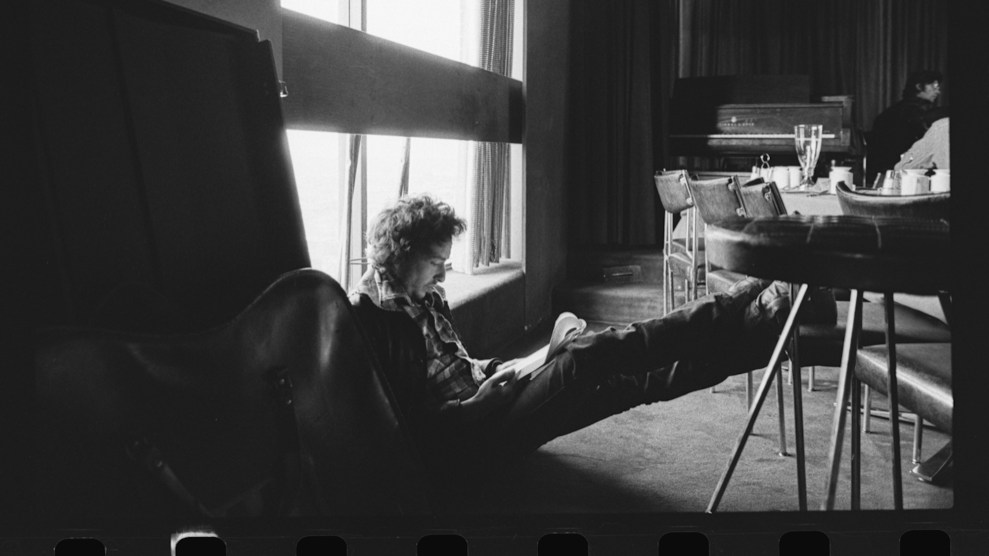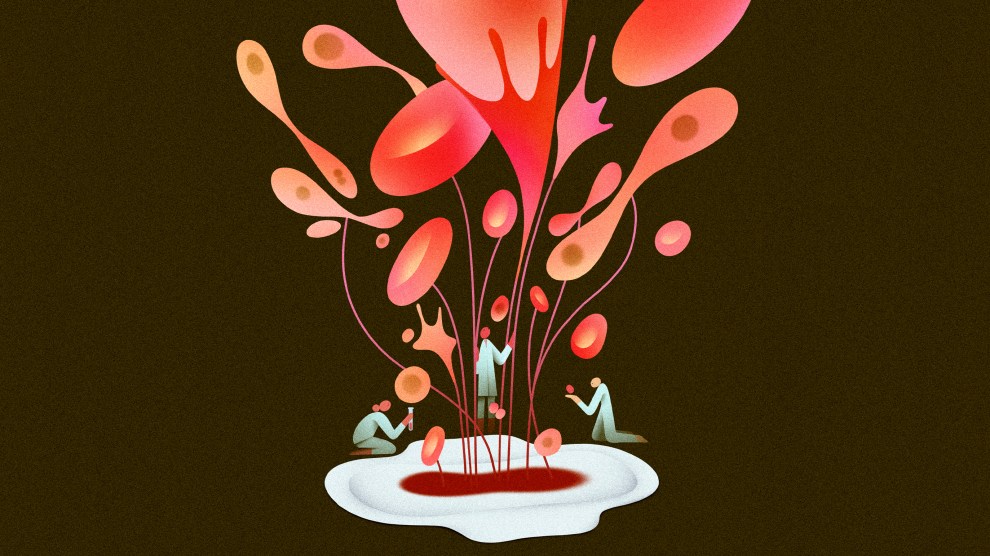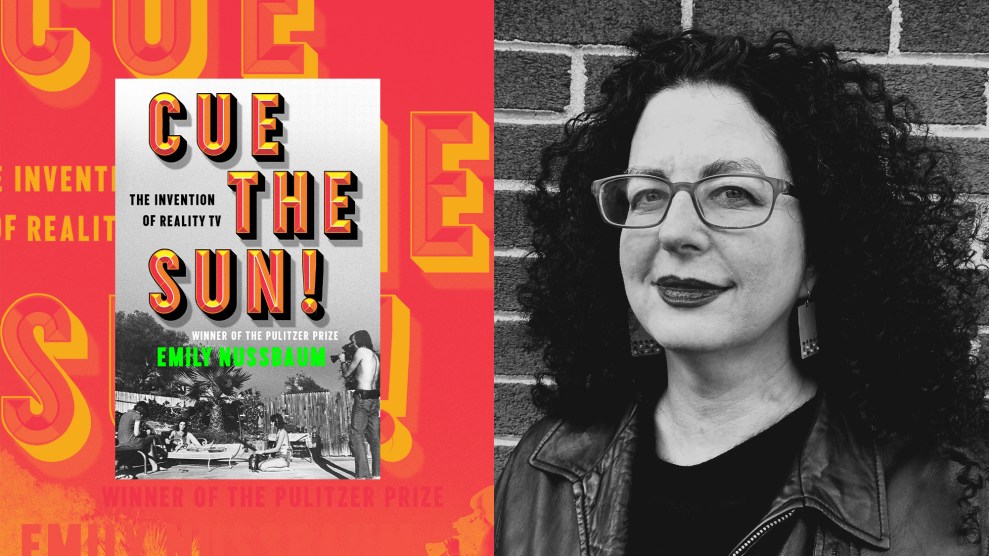Album Review
The Jimi Hendrix Experience
Electric Ladyland Deluxe Edition
Experience Hendrix/Legacy Recordings

The third and final studio album released by Jimi Hendrix in his lifetime, 1968’s Electric Ladyland, found the artist at a creative crossroads, moving away from the flashy theatrics that made him a star and exploring more subtle and experimental, and likely less commercial, approaches. This ambitious double LP covered a staggering amount of ground, from dreamy, extended pieces to hardcore blues to blazing rockers, all showcasing his restless guitar and underrated voice. “Electric Ladyland” still feels imperfect today. The jarring juxtaposition of styles and moods hampers the flow, but it’s an unforgettable declaration of intent, with dazzling highs and very few lows.
Containing three CDs and one Blu-ray, the deluxe edition provides a fascinating overview of this period of change. Along with one disc devoted to the original album, another offers a raucous, low-fi Hollywood Bowl concert from just a few weeks before Electric Ladyland’s release, which proved Hendrix and bandmates Noel Redding (bass) and Mitch Mitchell (drums) could still bring the noise when the time was right. The Blu-ray includes a feature-length documentary on the making of the album and a new surround-sound mix for audio geeks.
The best thing about this enticing set, however, is the CD of early takes. Some are studio cuts guest-starring the likes of Stephen Stills, Al Kooper, and Buddy Miles. Others are fascinating work tapes recorded in a hotel room by Hendrix alone, with just voice and guitar. The intimacy of these versions is spine-tingling. A phone rings at one point, though the music continues; occasionally Hendrix can be heard turning pages as he plays, apparently reading lyrics as he sorts out this new material. A few songs, including “Long Hot Summer Night” and “Gypsy Eyes,” made the final cut of the album, while “Angel” and “My Friend” didn’t see the light of day until after his death.
Intended as a new beginning, not a parting statement, Electric Ladyland continues to surprise and intrigue today.














